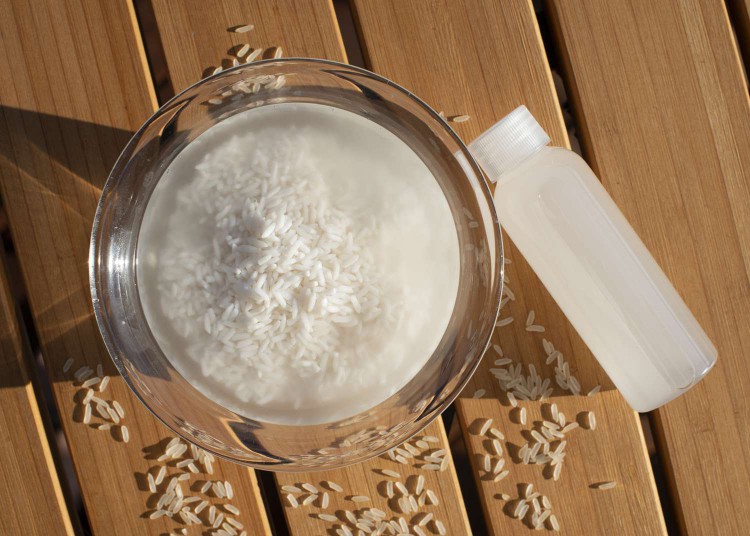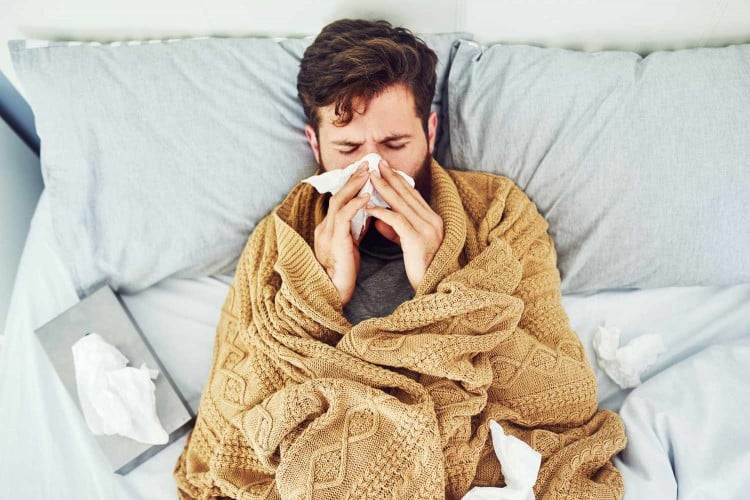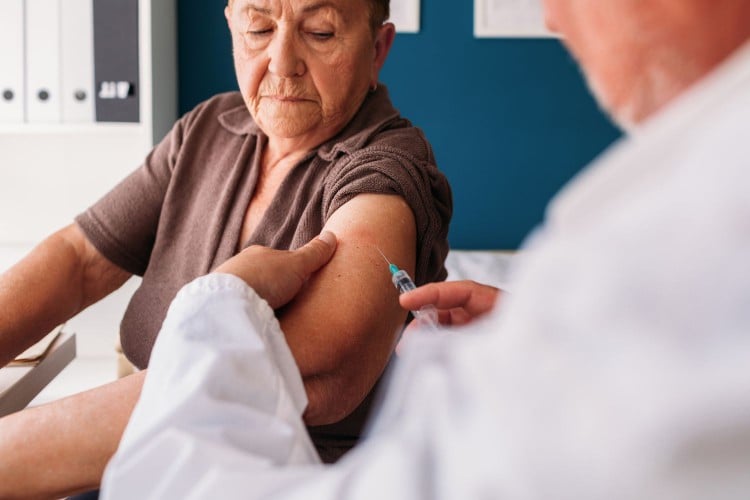

- Osteoarthritis is a painful and chronic condition that makes performing specific movements harder and more painful.
- Managing osteoarthritis can be a struggle, so researchers have been trying to find medications that can help.
- A recent study found that a particular sodium channel in neurons and cartilage cells may be a pivotal area to target, leading to reduced pain and joint damage from osteoarthritis.
- This sodium channel may be successfully inhibited by the drug Carbamazepine, a medication that helps treat epilepsy.
Even with the renovations of modern medicine, certain chronic conditions, like osteoarthritis, remain difficult to manage. Research areas include finding ways to halt joint damage and improve pain symptoms.
A study published in
The researchers further found that blocking the action of these sodium channels with the medication Carbamazepine can help minimize damage to joints and improve pain in osteoarthritis. This medication typically treats epilepsy, but this research demonstrates its potential to be used to treat other chronic conditions.
While this research is preliminary, it points to potential treatment options for osteoarthritis.
The target of a new osteoarthritis treatment
The current study focused on a way to slow the joint damage caused by osteoarthritis rather than focusing on pain relief alone. Researchers noted that osteoarthritis involves cartilage breakdown and pain. At the cellular level, this involves
Researchers were particularly interested in understanding the presence and work of
To start, researchers examined chondrocytes in people with osteoarthritis. They found that the Nav1.7 sodium channels are present in chondrocytes and that the amount is increased in osteoarthritis.
Using mouse models, researchers genetically deleted Nav1.7 and studied the results. They found that in
The results concluded that inhibiting these channels could be the key to slowing osteoarthritis progression and minimizing pain. Researchers looked at several components to test this hypothesis and some of the underlying mechanisms involved.
Dr. Yoon noted the following:
“The study investigating Nav1.7 is important to create disease modifying medicines for osteoarthritis. Understanding the cellular mechanisms underlying osteoarthritis and creating targeted therapies to address both pain and the actual disease itself will be necessary to modify the impact of this disease.”
Carbamazepine for osteoarthritis
One key area of interest is that the researchers were then able to test if the drug Carbamazepine affected osteoarthritis progression in mice. Carbamazepine inhibits Nav1.7 channels, and doctors use it in the treatment of conditions like epilepsy and bipolar disorder.
They found that the Carbamazepine helped with pain and lowered amounts of cartilage loss.
“Our discovery of the sodium channel Nav1.7 as a target for both pain relief and disease modification represents a significant stride towards a novel therapeutic strategy to slow down or prevent osteoarthritis progression while concurrently alleviating associated pain. Inhibiting Nav1.7 channels with specific inhibitors has shown promising results in slowing joint damage across various animal models of osteoarthritis. Expanding on this, our investigations with the non-specific Nav-blocking drug, Carbamazepine, also demonstrated a robust protective effect against joint degeneration in mouse osteoarthritis models.”
Needs to be tested in humans
While this research is promising, it also has certain limitations. The main limitation is that the findings are derived from mouse models. Researchers also only included cell samples from a limited number of patients, which could have influenced the study’s findings. Experts must be cautious and do more research before seeing how this data applies to people with osteoarthritis.
Dr. Liu noted the following areas of continued research:
“There is still a long way to go in translating current findings from animal models to human applications. We need to understand why a low number of sodium channels has such significant effects on chondrocyte biology. Additionally, further testing is essential to explore the comparative effects of various sodium channel inhibitors on chondrocytes, cartilage, and different osteoarthritis models.”
“Our next steps involve assessing new therapeutic strategies focused on blocking Nav1.7 channels and exploring gene therapy approaches to reduce the production of these channels. This research aims to bridge the gap between animal models and human treatments, bringing us closer to a future where osteoarthritis is more manageable, enabling patients to lead healthier and happier lives.”
— Dr. Chuan-Ju Liu, study author
How to manage osteoarthritis symptoms
Study author Dr. Liu said there were challenges with treating osteoarthritis.
“Osteoarthritis, the most common form of arthritis, affects over [
There are certain things people can do that may help to minimize their risk of developing osteoarthritis, such as maintaining a healthy body weight and exercising regularly.
Management of osteoarthritis involves a number of strategies, often to help with symptom relief. There is growing evidence of the effectiveness of a range of exercises for knee osteoarthritis, including aerobic exercise, strength training, and balance training. A range of medications can relieve pain, and people may also try injections of corticosteroids or hot and cold therapy. However, it can be difficult to find effective strategies that prevent disease progression.
Managing osteoarthritis“Modalities such as ice and heat can be used topically. Topical creams and ointments used may include anesthetic and anti-inflammatory medications as well as cannabidiol (CBD). Oral medications including acetaminophen and ibuprofen may be used for more serious pain control. Physical therapy will include a strength and low impact exercise program.”
— Dr. Steve Yoon


























































